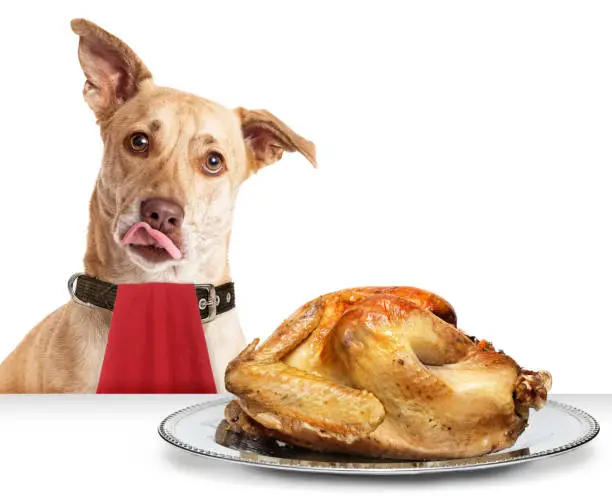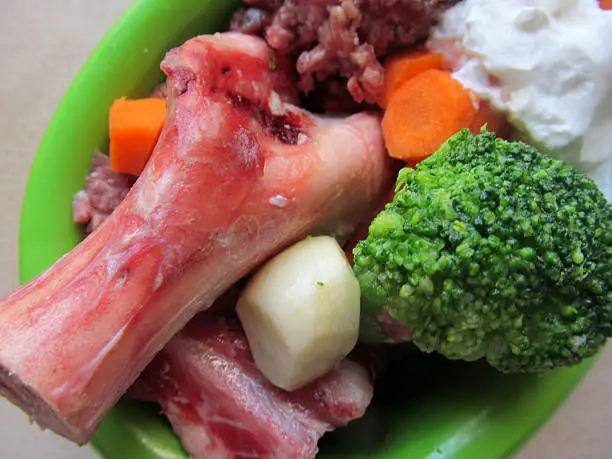The Best Natural Supplements for Dog Allergies (Omega-3, Quercetin & More)
Natural Remedies for DogsIf you’ve noticed your dog constantly scratching, chewing on their paws, or suffering from red, irritated skin, you’re not alone. Allergies are one of the most common health concerns for dogs today. From environmental triggers like pollen and dust mites to food sensitivities, allergies can make life miserable for your furry companion. While conventional treatments […]
The Best Natural Supplements for Dog Allergies (Omega-3, Quercetin & More) Read More »







